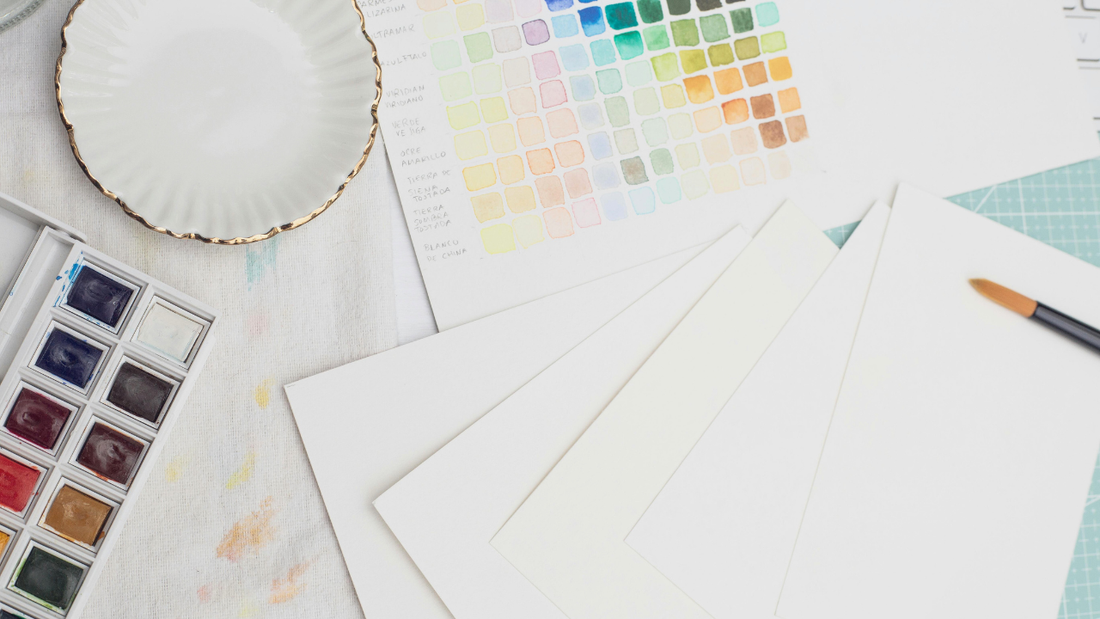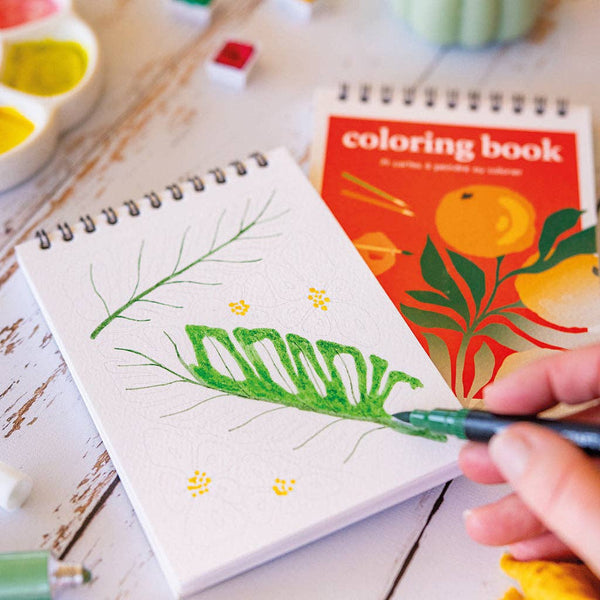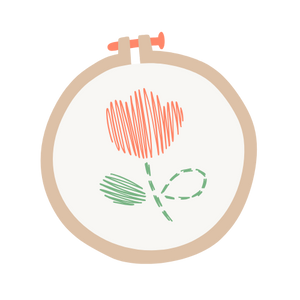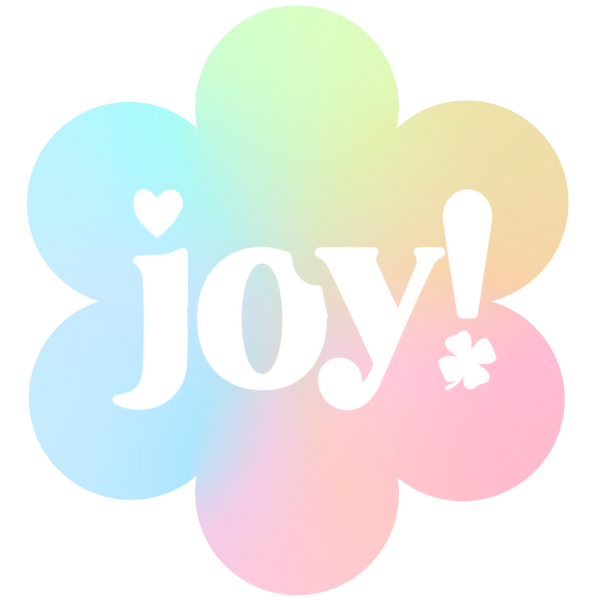Fast & tracked delivery
Your dose of creativity arrives quickly at your home, you can track your package right to your mailbox.
🚚 FRANCE MONDIAL RELAY : retard de livraison possible en raison de la mobilisation des agriculteurs 🚚

Watercolor painting has long seemed reserved for seasoned artists… Yet, anyone can give it a try . This water-based medium is appealing because of its softness, its transparencies, and its relaxing power.
Good news: you don't need to know how to draw to get started. A few brushes, some paper, and a dose of curiosity are all you need to create your first colorful works.
In this guide, you will discover:

🎨 Get started stress-free at home!
Dive into watercolor painting with confidence thanks to our ready-to-paint sketchbooks . No drawing skills required: simply add your colors and discover the magic of watercolor step by step.
🌸 Discover our watercolor sketchbooks Before you paint, breathe.
No need for an artist's studio or dozens of tubes: a few essentials are enough to get started with watercolor painting in a relaxed way.
Start small, but just right:
Comfort option: gummed tape to fix the sheet, a smooth board, a 2H pencil for light sketches and a kneaded eraser to correct without damaging.
👉 Paper : opt for a fine grain , 100% cellulose, 300 g/m² minimum. It absorbs well and is forgiving of mistakes.
👉 Brushes : round, fine-tipped "belly" brushes are perfect. Their belly holds water, and their tip is ideal for detail work. A single good brush can be enough to start with.
Before painting a landscape or a flower, you must tame the water . That is the true magic of watercolor.
Watercolor is a dance between two elements: water (for lightness) and color (for life).
Start by creating a gradient color chart : from light to dark.
You will quickly understand the “muscle memory” of the brush and the reaction of the paper.
💡 JOY! tip: if the paper is shiny, there is too much water; if it is scratchy, there is not enough.
These three little exercises will help you feel the paper, the colours… and the right time for each gesture.
Draw stripes from light to dark, then test your warm (yellow, red, brown) and cool (blue, green, purple) mixtures .
Have fun noting your combinations: you'll see that each shade tells a different story.
Objective: to understand transparency and layering , and to better control the amount of water used according to the desired effects.
Paint drops, leaves or circles using the wet-on-wet technique.
Let the colours merge, spread, and interact with each other.
It's a moment of total relaxation, almost meditative.
Objective: to develop fluid movement , a gentle and natural muscle memory .
Objective: to learn to read humidity times — neither too early nor too late — for a balanced result.
You don't need to know how to draw to feel the magic of watercolor.
Choose a sketchbook of illustrations ready to paint : flowers, birds, objects, or gentle landscapes.
Result: a quick, lightweight and rewarding creation .
To frame, give as a gift, or turn into a card or bookmark.
In watercolor, there are no real mistakes. Only surprises, happy accidents, and opportunities to learn. Every halo, every overly intense shade tells a story: your hand searching for its balance.
| Issue | Probable cause | JOY! Solution |
|---|---|---|
| 🌸 Cabbage flowers / halos | Too much water on the brush or on the paper | Gently dab with paper towel , let dry before applying a thin glaze. |
| 📄 Lint-free paper | Too much emphasis or paper that's too thin | Use 300 g/m² paper and work with more water and less rubbing. |
| 🎨 “Muddy” colors | Excessive mixing or poorly balanced complementary colors | Let the colors meet on the paper , rather than in the palette. |
| 💧 Dull or stained areas | Retouching on still-damp paper | Allow to dry completely, then add another transparent layer . |
✨ Our mantra: “Watercolor doesn't like to be rushed. It teaches us patience, lightness, and confidence.”
The key to progress is not perfection, but regularity .
Painting a little each day is better than one long, frustrating session.
Choose a mini-exercise:
Little by little, your movements will become safer and more natural.
Once you've mastered the basics, it's time to play!
Watercolor loves small experiments: a few simple gestures are enough to bring your creations to life.
💡 Tip : Let yourself be surprised — these effects work best when you test them without seeking perfect control.
Play with the transitions: a blue that slides towards purple, a pink that stretches towards orange.
Experiment with multicoloured washes , blended backgrounds , and "lost and found" edges — where colour gently dissolves in water.
This is one of the most poetic pleasures of watercolor painting.
No need for rigid rules, think in terms of balance of shapes and light .
🌷 Remember: watercolor is a dialogue between you, water, and light.
No way !
With the illustration coloring books offered by JOY!, you can focus on color without going through the drawing stage.
Ideal for learning the movements, discovering fusions and gradually gaining confidence.
It's convenient, but not essential.
A warm breeze from a good distance is enough to speed up drying, especially between coats.
Otherwise, just let the water do its work; patience is part of the charm.
The famous “flowers” often appear with too much water or a mixture that is too wet .
Leave the paper matte , not glossy, before applying a new layer.
And always keep a small paper towel handy to absorb any excess.
No need to fill an entire pallet.
Start with 6 to 8 pans: the three primary colors (yellow, magenta, cyan) + a few neutrals (earth, gray, ochre). You can then create all the other shades by mixing; that's where the magic of watercolor lies ✨
Watercolor is a paint made with water and transparent pigments .
It is worked in thin layers , on thick paper , often 300 g/m².
The light comes from the paper itself, not from the paint; this is what gives it that unique, airy effect.
Creativity thrives on curiosity and experimentation .
Try painting without a specific goal: a free palette of colors , repetitive patterns , or circles of color . Test your techniques on wet paper, play with water, contrasts, and transparency. Little by little, you'll find your own "signature" and style —without ever forcing anything.
All around you: a bouquet, a ray of light, a cup of coffee, a travel photo.
Pinterest and YouTube are full of online watercolor courses and creative challenges for beginners.
Yes, absolutely. The contact with the water, the slow drying time, the gentle brushstrokes… Everything invites you to slow down, to breathe, to reconnect with yourself . Painting becomes an active meditation , a way to transform stress into color.
Watercolor painting requires time… and gentleness towards oneself .
In one month, you will already be able to master the basics: water dosage, nuances, small landscapes.
After a few weeks of regular practice , the movements will become instinctive.
The important thing is not speed, but regularity: a little exercise every day is better than a long creative marathon.
From Turner to Blake , from Monet to Sargent , many painters have used watercolor to explore light. Even today, contemporary artists share their techniques and sketchbook examples on social media and blogs.
What do they have in common? A free, spontaneous and vibrant approach.
Each color acts like a vibration. Blue soothes, yellow stimulates, green recenters.
When you paint, listen to what the color tells you. The palette of your emotions becomes your greatest source of inspiration.
Commodo lorem morbi aliquam dui turpis. Iaculis pretium poses nulla tincidunt blandit. A at elementum faucibus integer.

Your dose of creativity arrives quickly at your home, you can track your package right to your mailbox.

Got a problem? Don't panic, you have 15 days to change your mind.

Creative activities for young and old (from 0 to 77 years old!), perfect for disconnecting from screens and spending real time together.

JOY! is fun, colorful, and a touch of madness to dust off your creative leisure activities!
